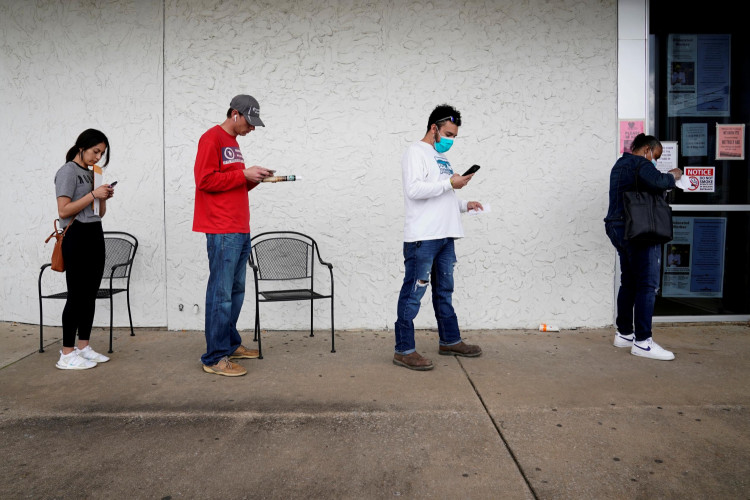The record-setting 33.1% year-on-year surge in U.S. GDP for the third quarter might not be enough to save the country from a double-dip recession, or a "W-shaped recovery," by later this year or 2021.
Economists note this headline GDP growth figure is impressive only on its face. For context, this historic high has to be set against the massive 31.4% GDP plunge in the second quarter.
Doing this will lead to the daunting reality the U.S. economy has contracted 3.5% since the beginning of the pandemic. It also shows the economy only grew 7.41% from the second quarter to the third.
Comparing the size of the economy in Q3 to the pre-pandemic Q4 2020 GDP growth of 3.5% means overall economic activity now stands at $670 billion, or 3.5% below where it was at the end of 2019.
Looking at it this way reveals GDP growth shrank 2.91% in the last year.
Taken together, all this means the U.S. economy is still smaller than it was before the pandemic. It's for these reasons the moribund economy is also at risk of a double-dip recession, according to economists.
"The obvious caveat is that when you drop 30% and gain 30%, you're still below where you started," said Jon Burckett-St. Laurent, senior portfolio manager at Exencial Wealth Advisors.
Dan North, senior economist at Euler Hermes North America, said it's easier to get big growth rates "when you're coming off a lower base. That's what a lot of this is.
For the U.S. to regain its former pace of growth means the economy must grow by more than 7% a quarter for the next three quarters in a row. This isn't going to happen given historical precedents.
The U.S. record for four cumulative quarters of GDP growth is 13.37%, which is the equivalent of 3.2% growth per quarter. Q1 2020 GDP contracted by 5.1% due to the COVID-19 economic crisis.
Economists said the Q3 figure also confirms an ongoing "K-shaped" economic recovery where growth has been uneven across vast sectors of the economy. Housing rebounded strongly in Q3 but other sectors like airlines and restaurants remain perilously weak.
A K-shaped recovery occurs when different parts of the economy recover at different rates, times, or magnitudes. The U.S. fell into an economic recession in February due to the pandemic, ending the longest economic expansion on record.
Only the much delayed fourth coronavirus stimulus package -- now expected by January 2021 -- will save the struggling economy from a double-dip recession this year.
This second recession will be a double-dip or a "W-shaped recovery." This type is a recession followed by a short-lived recovery, followed by another recession.
A reliable indicator of a double-dip recession is GDP falling back to negative after a few quarters of positive growth.





